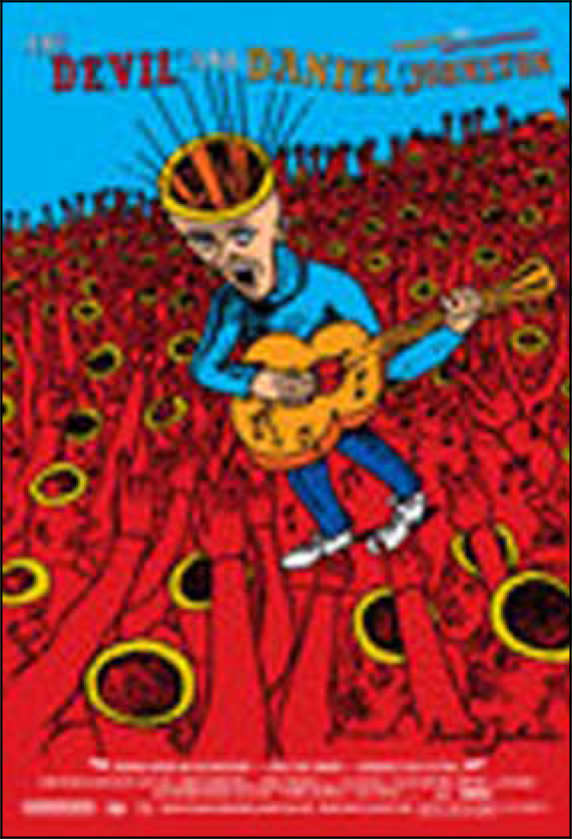
This was Winner of Best Director at the Sundance Film Festival 2005 and Winner of the Audience Award Best Documentary at the San Francisco Independent Film Festival.
Introducing himself as suffering from manic-depressive psychosis, US singer/songwriter Daniel Johnston, labelled ‘genius’ by his many followers, allows this documentary to give an insight not only into his creative output but also the destructive power that mental illness has been having on his life.
The film's obvious target audience will be musicians and music lovers, which is why the psychiatrist in me watched it with some trepidation, wondering how the fabled link between genius and madness would be portrayed. My fears were unjustified, as it is shown that his psychosis sadly does not enhance, but clearly inhibits Johnston's creative potential.
The viewer gets to know the vast volume of 20 years’ worth of artistic outpourings, comprising countless audio tapes, cartoons and home movies. But the viewer also witnesses live performances coming to a tearful, premature end, and sees Johnston on stage puzzling his audience with incessant ramblings about the devil. Although for many years Johnston's charming and idiosyncratic songs – often played with more passion than technical skills – have been cherished by an ever-increasing fan base, one is left wondering what shape his career might have taken without his being unwell. On the other hand, his art would not be what it is without the influences of his psychotic experiences, especially his delusional preoccupation that superheroes could rescue the world from the devil. Recommended for medical students and anyone else wishing to refresh their memory about symptoms of mania is the audiodiary recording of Johnston recounting these symptoms, apparently during an acute manic episode.
The film also gives an insight into the family's experiences of helplessness as the illness tightened its grip on their son. Painful with hindsight, it is possible to sympathise with their difficulty in recognising his increasing disorganisation as anything more sinister than adolescent non-conformity, although it is haunting to hear how a family Christmas celebration ends with the tormented Johnston being simply sent away on a bus rather than taken to a hospital. The now elderly parents, once hopeful that their children would care for them in their old age, find themselves in the position of caring for their middle-aged son who has lost his independence.
The documentary's focus is on Johnston's music and visual artwork rather than aiming to give a detailed psychiatric history or indeed confirm a clinical diagnosis, but it highlights that in many ways these issues are inseparable. It is a sensitive, non-judgemental and ultimately admiring portrait of an artist and patient, a person as a whole, and as such might perhaps unintentionally go some way to tackling stigma in society.



eLetters
No eLetters have been published for this article.